Japan This house in the mountains has a unique design with 3m high walls built from about 2,050 carbon-absorbing concrete blocks.
House with 5 retaining walls made of CO2 absorbing concrete. Video : Design Boom
A house in Karuizawa, a mountain town near Nagano, Japan, has walls made of the world's first CO2-absorbing concrete (CO2-SUICOM), Interesting Engineering reported on April 8. The house is located on a 110-meter-long plot of land along the roadside. Karuizawa is one of Japan's oldest and most famous mountain resort towns.
The new concrete is made by replacing some of the cement with an industrial byproduct and adding a CO2-absorbing material, thereby reducing emissions from the production process. It was jointly developed by Kajima, Chugoku Electric Power, Denka and Landes.
The strength of CO2-absorbing concrete is equivalent to that of conventional concrete. To manufacture, the formed concrete is placed in a curing chamber. CO2 is then pumped into the chamber for the concrete to absorb. CO2 from various sources can be used directly. While conventional concrete blocks emit about 300 kg of CO2 per m3, CO2-SUICOM can achieve carbon neutrality (carbon emitted equals carbon absorbed). The absorbed CO2 is locked inside the concrete and will not escape into the atmosphere.
Nendo designed the concrete walls to resemble a mesh screen. About 2,050 concrete blocks were arranged in rows to form five 3-meter-high walls. The construction team adjusted the angle of the blocks to control the view. Depending on how the blocks were arranged, they controlled what was visible and what was hidden, ensuring both ventilation and privacy.
Nendo uses carbon-absorbing concrete in construction to help reduce global CO2 emissions. According to a study published in ResearchGate in 2023, the production of cement and concrete worldwide accounts for about 8% of total carbon emissions. CO2 emissions from energy used in the cement industry in 2020 accounted for about 1.2% of Japan's total emissions.
Thu Thao (According to Interesting Engineering )
Source link






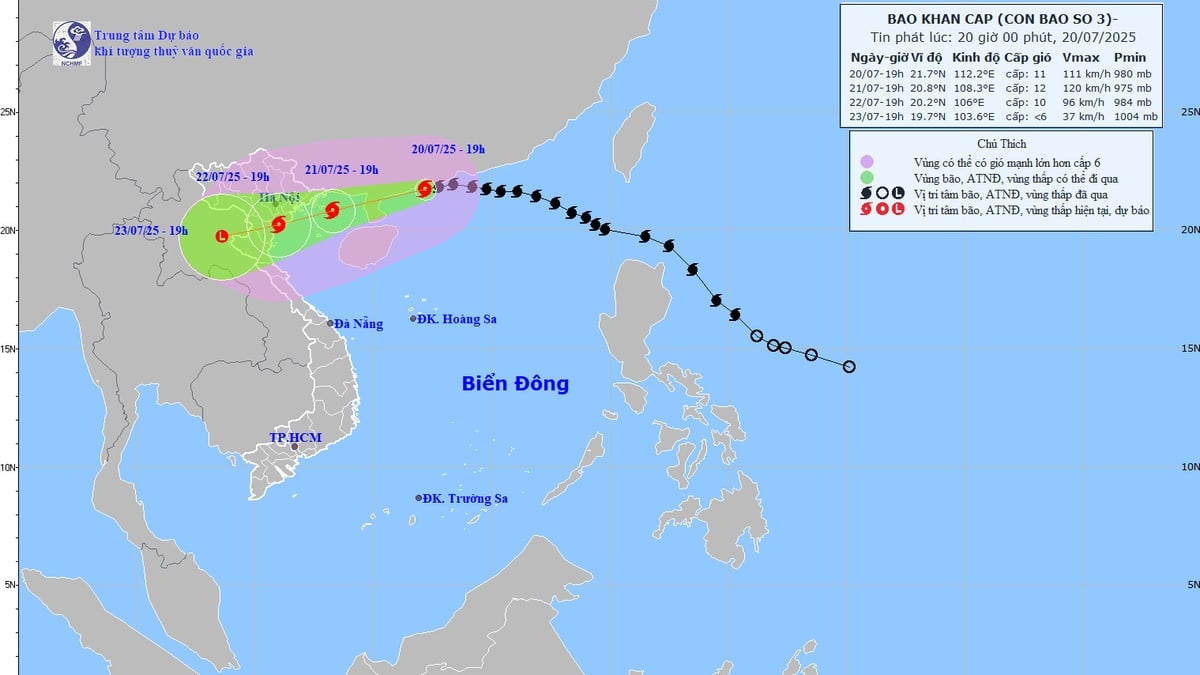





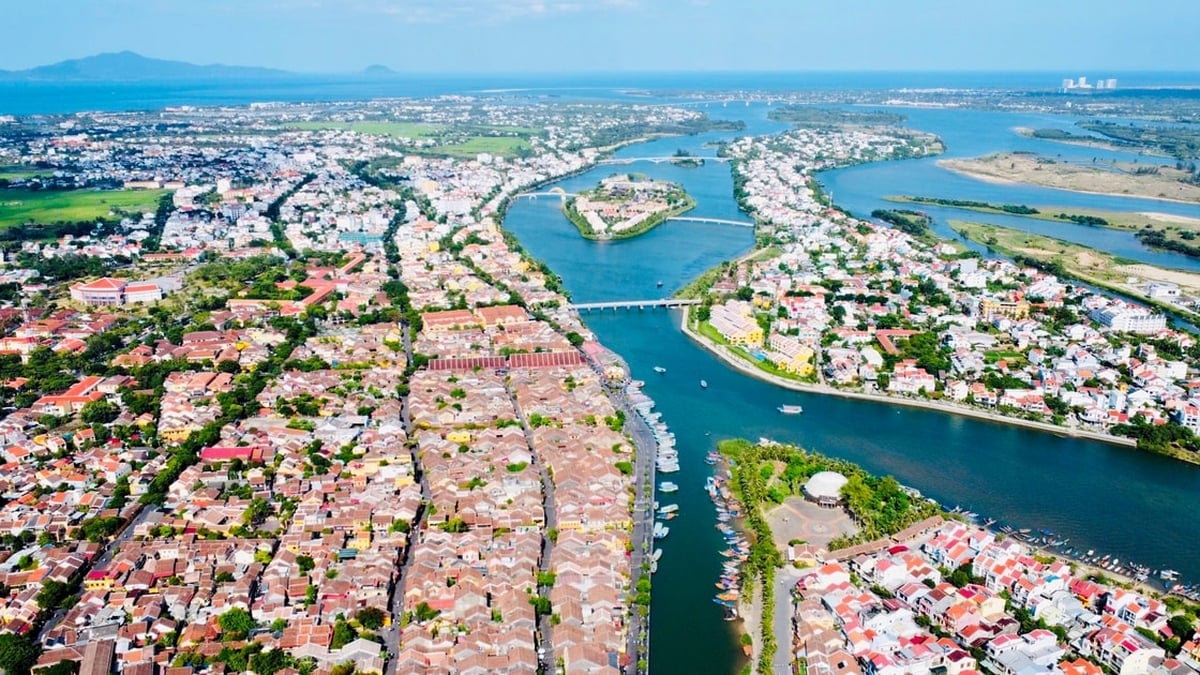












![[Photo] National Assembly Chairman Tran Thanh Man visits Vietnamese Heroic Mother Ta Thi Tran](https://vphoto.vietnam.vn/thumb/1200x675/vietnam/resource/IMAGE/2025/7/20/765c0bd057dd44ad83ab89fe0255b783)

































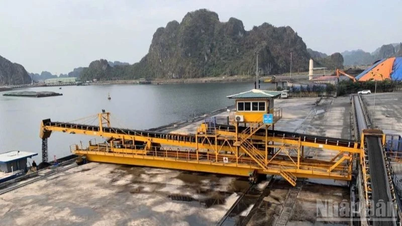
















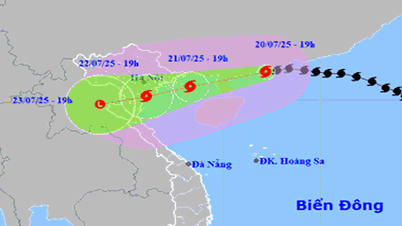
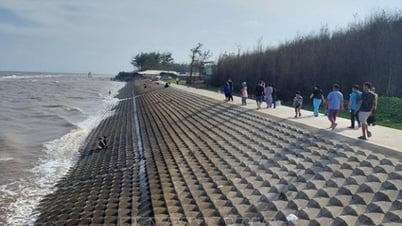























Comment (0)